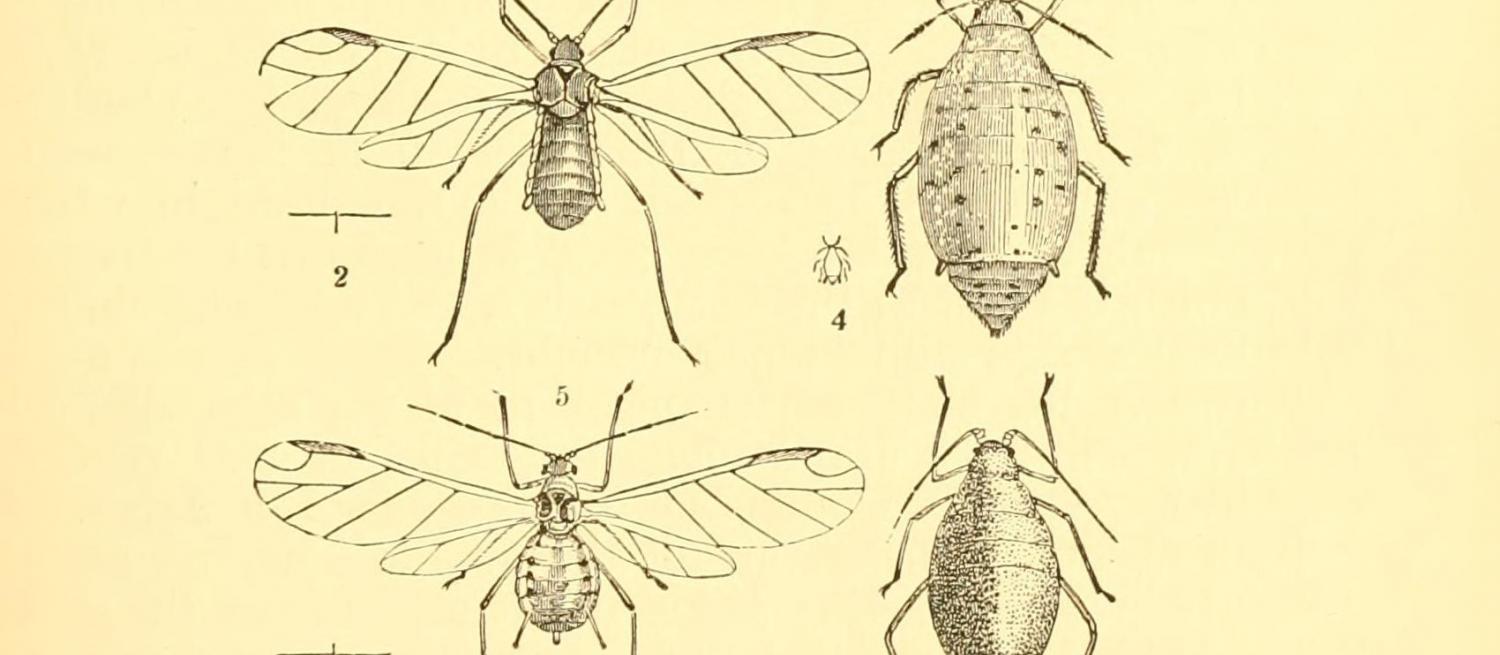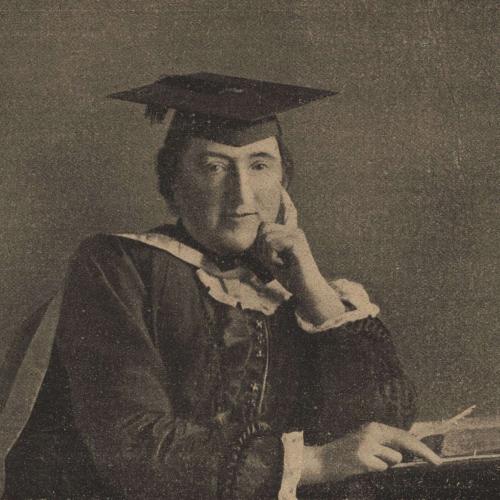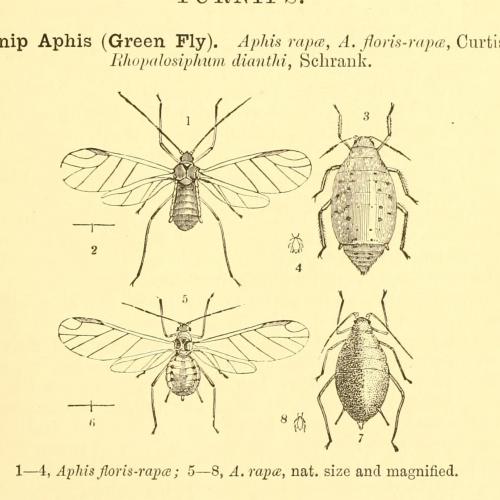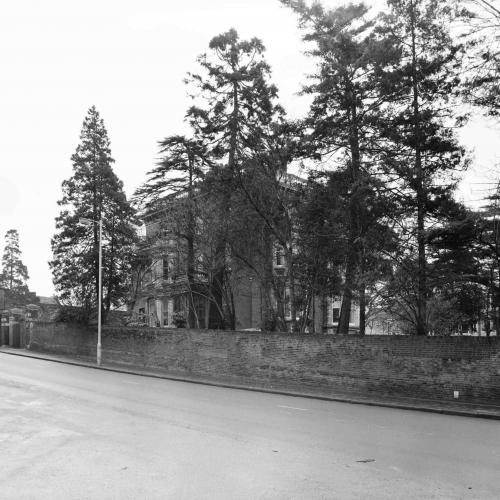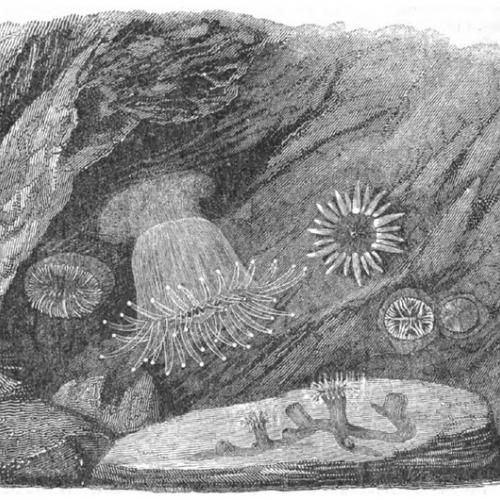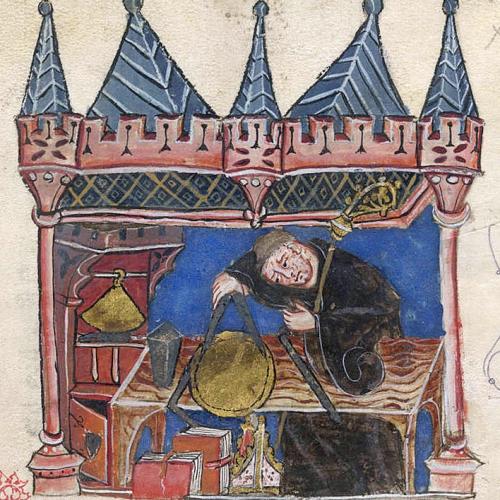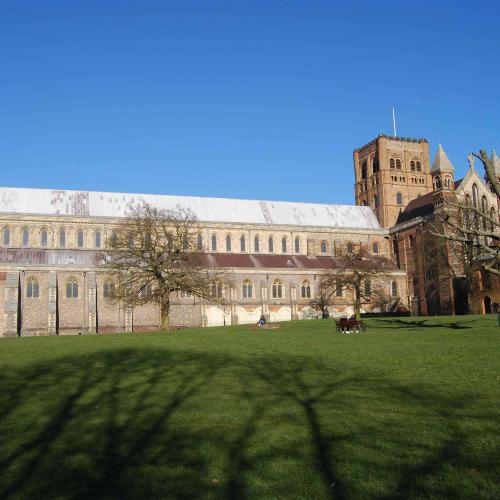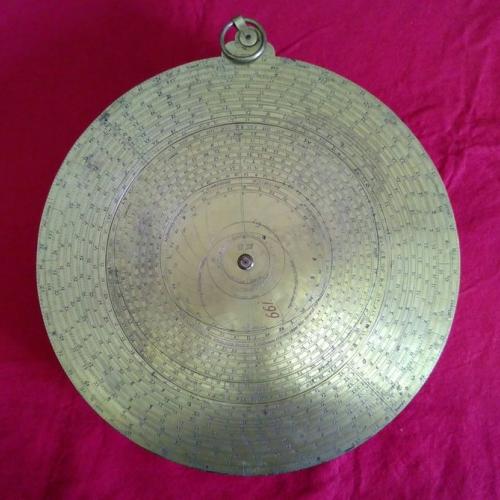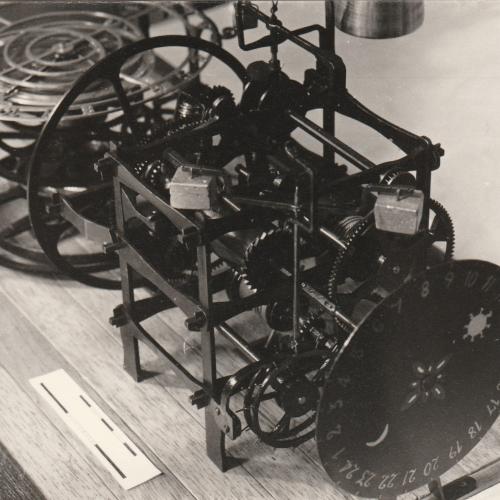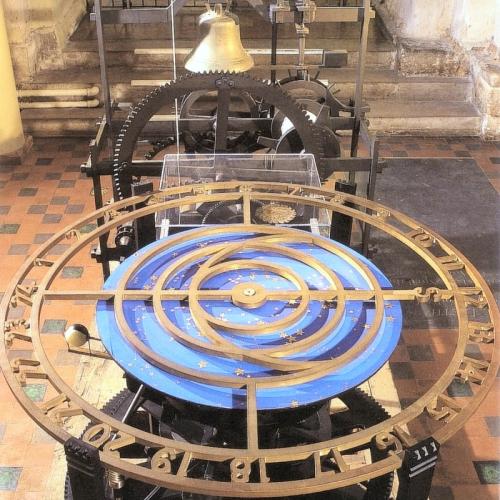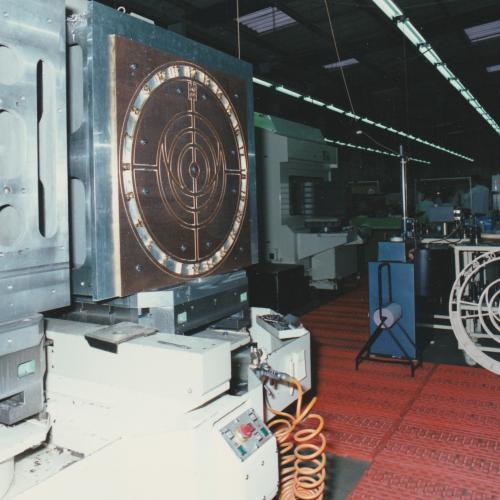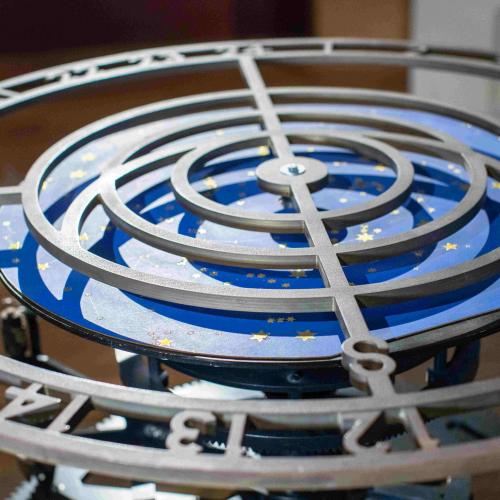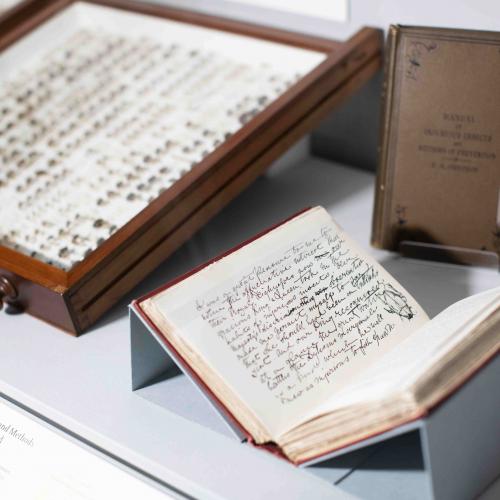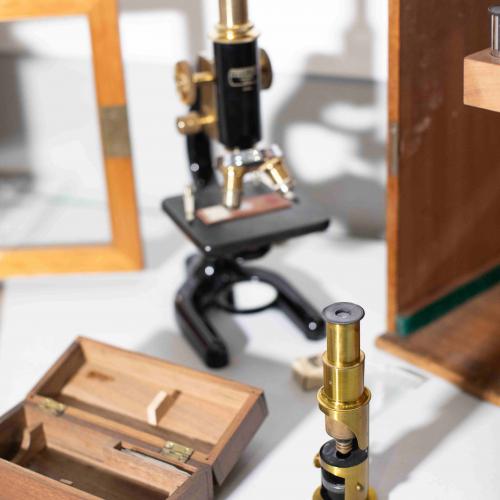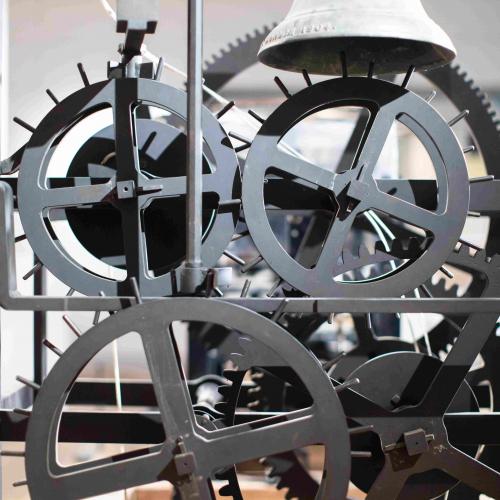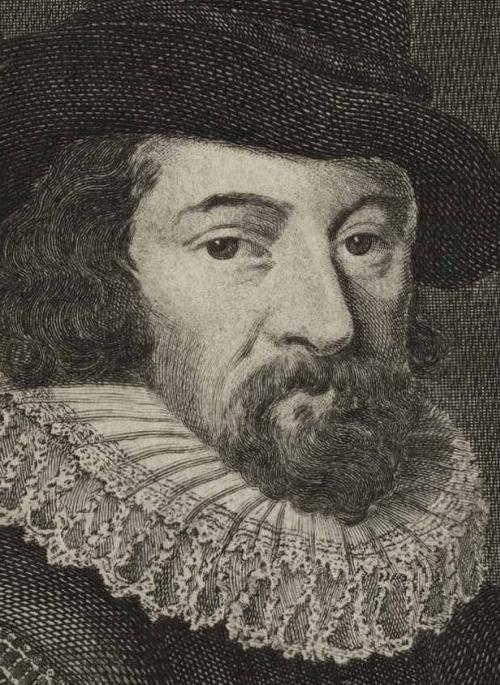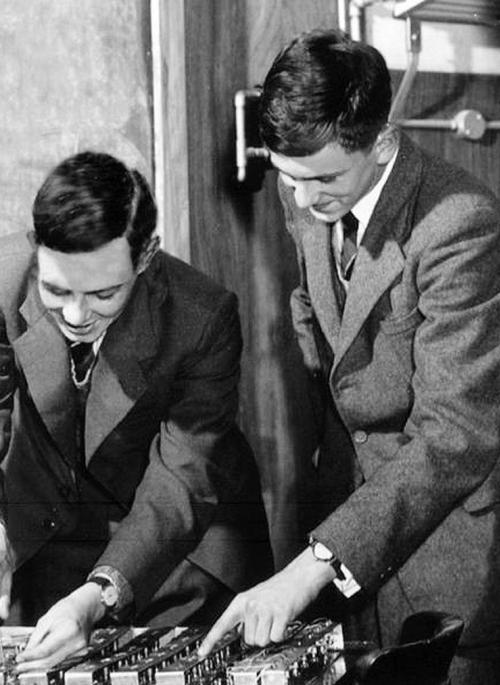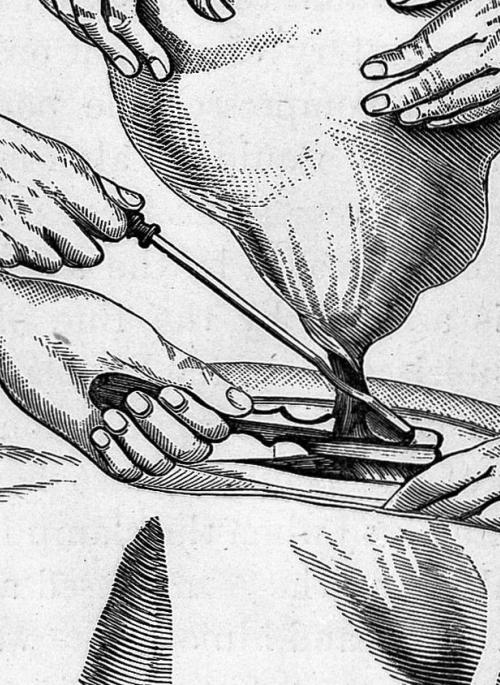Scientists such as Eleanor Ormerod, Anna Thyne, and Richard of Wallington contributed greatly to the development of scientific research thanks to their approach based on the observation of space and the natural environment.
Eleanor Ormerod: Detailed study and observation
Eleanor Ormerod, born in 1828, was an expert in economic entomology - the study of insects that benefit or harm humans, domestic animals and crops. At this time, science was still very much a man’s world, but she was determined to share her expertise and was the first woman to be awarded an honorary degree by Edinburgh University.
Ormerod’s significant legacy as a scientist relates to her collection, organisation and interpretation of detailed observations. As well as observing insects and their effects, she also collected information from other researchers. In 1877, she distributed a questionnaire, asking for interested persons, to send in the results of their research, which resulted in an Annual Series of Reports on Injurious Insects and Farm Pests.
Ormerod’s observations allowed her to give practical advice to farmers and agriculturists around the world on how to avoid or lessen insect damage to crops and animals. She took the view that entomology should focus on what was economically useful, believing that “pure” science was valuable only as a means to that end.
From 1887, Ormerod lived with her sister in a home on Holywell Hill in St Albans and died there in 1901. The building still has a plaque to mark her connection.
Natural Sciences: Under the microscope
In the 1800s, observing natural history, or natural science as it was more commonly known, became a popular hobby. Museums, botanical gardens, and other scientific exhibitions educated and entertained the general public, introducing them to the discoveries of science.
Amateur scientists often held vast private collections of specimens or insects, plants or animals, which they or other scientists would then catalogue. Microscope slides showing these specimens could be bought in specialist shops or made by the collectors themselves.
One amateur natural scientist with a local connection is Anna Thynne. Thynne was born at Haynes Park in Bedfordshire and moved to London when her husband became Sub Dean at Westminster Abbey. She created the world’s first stable marine aquarium in 1846 in her sitting room. Anna Thynne is recognised in St Albans Cathedral with a stall named after her, but part of her success however should be attributed to her maid who had to add air to the water every day by pouring it between two vessels.
Richard of Wallingford: A Medieval mathematician
Richard of Wallingford, the Abbot of St Albans 1327-1336 was a mathematician, astronomer and horologist (someone who studies time). His work dates from nearly 300 years before Francis Bacon’s, but his studies show how much could be discovered through observation.
Wallingford became a monk at the age of 23. Although he was part of the monastery of St Albans, he was allowed to continue his studies in philosophy, theology, mathematics and astronomy at Oxford University. In 1327 at the age of 35, he was elected Abbot of St Albans where he used his knowledge, observation of the stars, and the skills of local blacksmiths and millers to create his great clock.
Astronomy was important to Wallingford, partly because it was needed to fully understand the calendar and its lists of church festivals but also because the stars, sun, moon and planets were believed to affect both people’s day-to-day and spiritual lives. His work on the mathematical principles of the calendar (known as ‘computus’) is now lost but its observations were used in his clock.
The Wallingford Clock: No clockmaker like himself
Richard of Wallingford spent much of his time as Abbot of St Albans working on the construction of his great ‘horloge’ or clock. He was so focussed on the construction of the clock, that Edward III complained to him that he had neglected the buildings of the monastery for the clock. Wallingford replied that future Abbots would be able to restore the buildings, but nobody else could make his clock.
The clock has two parts, the first tells the time on a 24-hour dial. It has a bell which rings every hour and is driven by weights which would have been hung from the ceiling. The second part is the astronomical section which shows the movements of the sun, moon and stars.
The astronomical section can be used to predict both solar and lunar eclipses and it contains a number of different gear types to allow the sun to move in solar time (365.25 days a year) and the stars to move in their own relative time (366.25 days a year). The clock demonstrates Wallingford’s observations of the stars on a smaller, clearer, scale.
